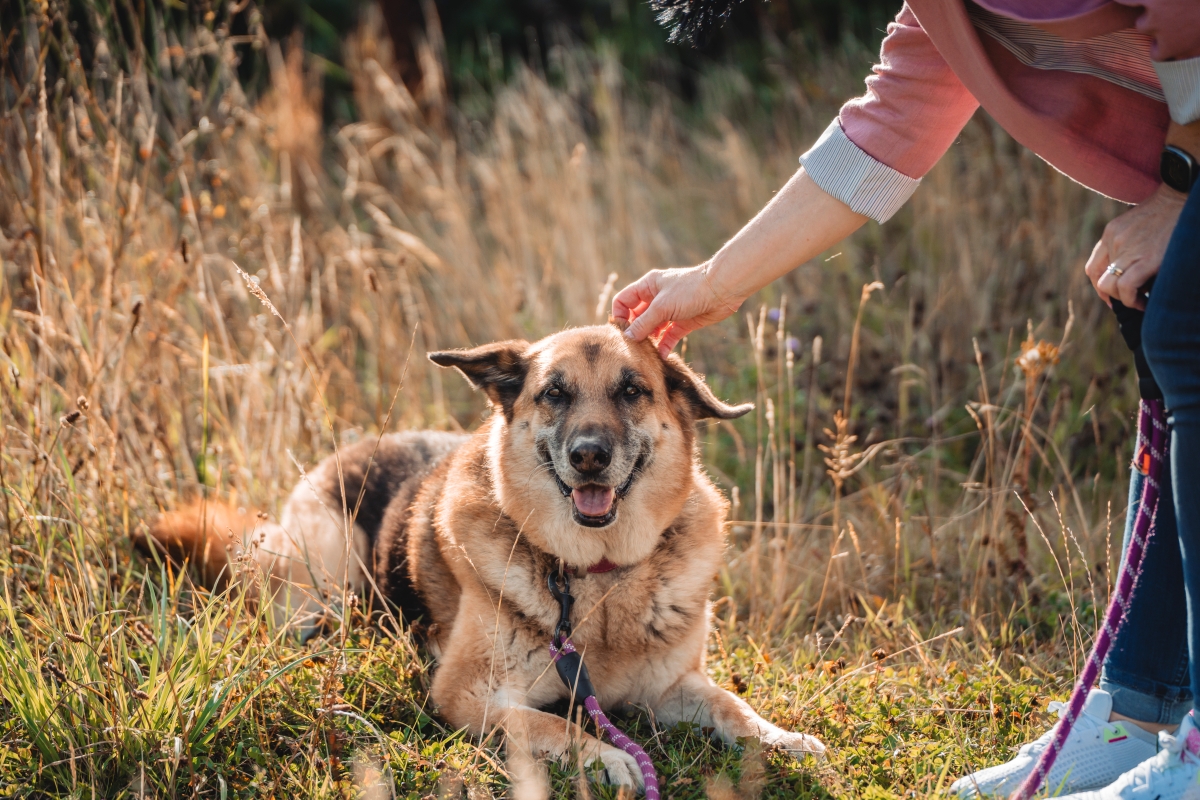Select a country and language
Regulatory constraints and medical practices vary from location to location. Consequently, the information provided on the site in which you enter may not be suitable for use at your location.
Asia Pacific
Europe















Latin America







North America
Canine arthritis is a progressive and painful disease affecting one or more joints. Although when a dog is diagnosed with arthritis, we may not be able to cure them, we can significantly improve their pain and quality of life through ongoing, lifelong management.

Management of Pain
Addressing pain in dogs with arthritis is essential for their overall well-being. By addressing pain, we can help them stay active and enjoy their favourite activities again. Managing pain also positively impacts their mood, making them happier and more engaged with their families. With proper care, physical health can improve, reducing limping and movement difficulties. Overall, addressing chronic pain ensures your dog lives comfortably and joyfully.
Your veterinary team will guide you on the best pain management options for your dog. With prescribed medication, you should notice improvements in your dog's condition, making them more active and joyful. However, it's important to continue the management plan as per your veterinarian's instructions, since the disease isn't cured. Stopping treatment without your veterinarian's advice can make it more challenging to control your dog's pain in the future. If you have any concerns about the medication(s), please consult you veterinarian. Together, you and your vet care team can effectively manage your dog's chronic pain, ensuring they live comfortably and happily.

Exercise Management
Regular activity is essential for dogs with arthritis, offering numerous benefits for their overall health and well-being. Engaging in regular, low-impact exercise helps maintain their mobility, offers stimulation, helps maintain muscle mass, improves their mood and reduces pain. Activities like daily on-leash walks, and for those who like water, swimming, are excellent choices as they minimize stress on the joints while keeping your dog active. Controlled activity is crucial; avoiding high-impact exercises such as jumping or running on hard surfaces can prevent further joint damage. Consistency is key—moderate exercise every day is far more beneficial than occasional intense sessions.
Monitoring and adjusting your dog's exercise routine is vital to ensure they remain comfortable and pain-free. Dogs live in the moment and may not recognize when they are overexerting themselves, which can lead to injury. As a pet owner, it's important to be aware of this tendency and limit activities before they hurt themselves. Pay close attention to your dog's response to exercise and adjust the intensity or duration if they show signs of discomfort. Regularly consult your veterinarian for personalized advice and to ensure your dog's exercise plan is effective and safe.
There is a growing number of facilities offering rehabilitation and physiotherapy for pets. These centres provide professional techniques and equipment designed to improve mobility and reduce pain. Reach out to your veterinarian team for their recommendations.
Weight Management
Extra weight in dogs creates many healthy issues and impacts their lifespan. Maintaining an optimal weight is especially crucial for dogs with arthritis, as it significantly impacts their overall health and mobility. Excess weight puts additional strain on their joints, exacerbating pain and discomfort. By keeping your dog at a healthy weight, they will have improved mobility, allowing your dog to stay active and enjoy their daily activities more comfortably. Please speak to your veterinary health team about a weight management plan that may include a balanced diet, portion control, and regular, low-impact exercise.
Conclusion
Although arthritis is a painful disease that cannot be cured, we can control pain and improve your dog's quality of life through appropriate pain control medications, regular low-impact activity, and optimal weight management. Remember, you have a dedicated veterinary team supporting you and your pet every step of the way.









